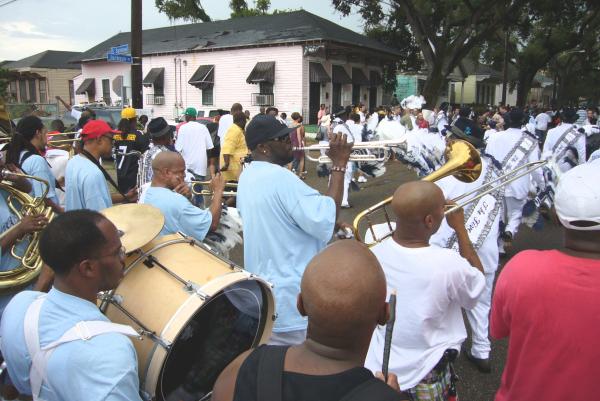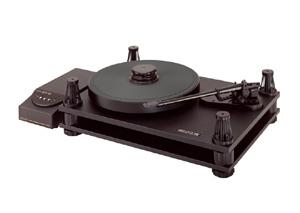New Orleans Culture at a Tipping point Part 4
- Read more about New Orleans Culture at a Tipping point Part 4
- Log in or register to post comments
New Orleans Culture at a Tipping Point Part 3
- Read more about New Orleans Culture at a Tipping Point Part 3
- Log in or register to post comments
New Orleans Culture at a Tipping Point Part 2
- Read more about New Orleans Culture at a Tipping Point Part 2
- Log in or register to post comments
New Orleans Culture at a Tipping Point Part 1
- Read more about New Orleans Culture at a Tipping Point Part 1
- Log in or register to post comments
Pixie's Collector's Set Bets Packaged Media Lives (And How!)
SME Model 20/12 turntable & 312S tonearm Associated Equipment
SME Model 20/12 turntable & 312S tonearm Specifications
SME Model 20/12 turntable & 312S tonearm Page 3
- Read more about SME Model 20/12 turntable & 312S tonearm Page 3
- Log in or register to post comments
SME Model 20/12 turntable & 312S tonearm Page 2
- Read more about SME Model 20/12 turntable & 312S tonearm Page 2
- Log in or register to post comments
SME Model 20/12 turntable & 312S tonearm
- Read more about SME Model 20/12 turntable & 312S tonearm
- Log in or register to post comments




